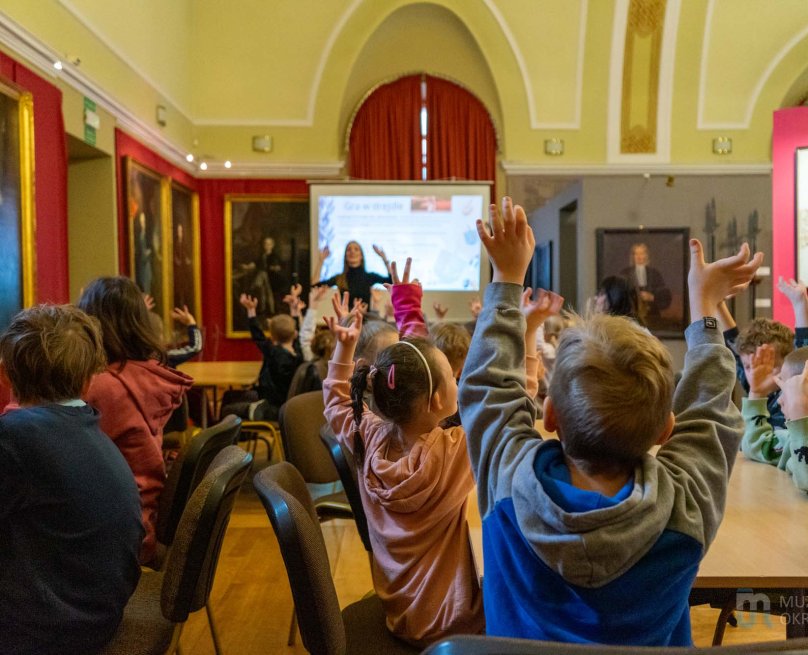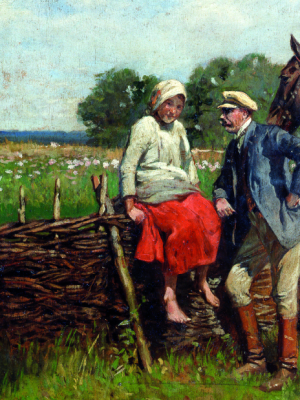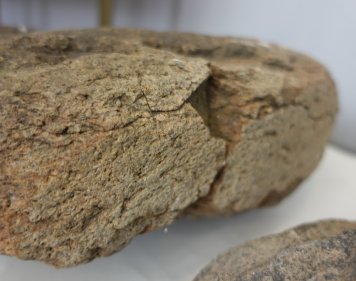Lessons and workshops

Museum lessons and workshops are part of the permanent offer.
Classes take place at: ul. G. Narutowicza 31, from 10.00 a.m. to 3.00 p.m.
Reservations can be made by e-mail or by phone.
phone: 65 529 61 40 extension 3
e-mail: education@muzeum.leszno.pl.
Classes take place at: ul. G. Narutowicza 31, from 10.00 a.m. to 3.00 p.m.
Reservations can be made by e-mail or by phone.
phone: 65 529 61 40 extension 3
e-mail: education@muzeum.leszno.pl.
Thematic blocks of museum lessons
Science and knowledge
Jan Jonston the author of the encyclopedia of nature entitled "Historiae Naturalis" will be our guide to the world of nature. During the classes, we will take a closer look at the animals and plants around us, and we will also play the role of dendrologists. We will develop the ability to observe and be attentive to notice the diversity of fauna and flora.
Classes inspired by the history of everyday objects, with many curiosities and surprising facts. Taking out subsequent mysterious items from the museum trunk, we talk about their purpose and - often - interesting history.
During the lesson, participants listen to a few selected fairy tales and folk tales from the vicinity of Leszno, Rydzyna, Przemęt, Kościan,Krobia. Then the children create illustrations for the most interesting story in their opinion.
Who was the hanger? What did the zdun and what did the tinker do? We will try to find answers to these and many other questions related to old professions during the ongoing lesson. Discussing selected crafts, we will go back in time, discovering a not-so-old, but often forgotten world.
Museum lesson adapted to the current temporary exhibition at the Museum. During the classes, participants will learn about key exhibits and stories related to them, which will introduce them to selected issues in the field of history, culture and art.
An old building with a lot of old objects. Where does the name "museum" come from? Who works there and what does it do? Where do the objects collected here come from and why are they collected? After dispelling these doubts, the participants receive several interesting objects and will try to decipher their purpose.
During the lesson, participants will learn about the history of clocks from antiquity to the present day and will look at clocks located in churches in Leszno. In the second part of the class, children will make a paper clock.
Our museum offers the possibility of organizing a museum lesson on request. Based on our collections, knowledge and skills, we implement a wide range of topics in the field of culture, art, history and ethnography. The lesson must be arranged at least 2 weeks in advance.

Ethnography
a/ Christmas customs and rituals
b/ Easter customs and rituals
During the lesson, Polish and Greater Poland holiday customs are presented. Classes are combined with art activities. Lessons conducted seasonally.
b/ Easter customs and rituals
During the lesson, Polish and Greater Poland holiday customs are presented. Classes are combined with art activities. Lessons conducted seasonally.
During the classes, students learn about the elements of men's and women's folk costumes, consolidating knowledge through a three - dimensional puzzle with colorfully dressed characters.
Gas, electricity, running water, Internet, TV,Xbox are our home reality. But what to do when they turn off the lights and there is no water in the tap? Boredom? The lesson will take students to an old country cottage in Greater Poland and will present a completely different world, the world of old household appliances, the world of games and family work.
During the lesson, participants learn about the traditional image of nature in the lives of our ancestors. They will learn about the relationship between nature and folk culture and what the words eco and ethno have in common. The lesson will be concluded with a discussion on the negative impact of human activity on the natural environment.

Art
Presentation of selected issues and monuments from different historical periods. To choose from: antiquity, Middle Ages, Renaissance, Baroque, Classicism, Romanticis, Polish painting of the 2nd half of the 19th century, Young Poland, 20 years between the wars.
The aim of the classes is to familiarize participants with the symbolism of Jewish religious art and artistic crafts accompanying Judaic holidays.
Using the figure of Ottomar Anschütz, a famous inventor from Leszno, the classes will introduce the specificity of film as a creative result of the development of photography. To better illustrate the beginnings of film, the classes are enriched with illustrations and a presentation of Anschütz's old camera.
History
The lesson involves the group participating in a picture board game, during which participants will learn, among other things: who founded Leszno and why? What did the old city look like, who lived in it, what did its inhabitants do centuries ago? Who was the most important in the city and why? The lesson teaches the history of the city through play.
During the lesson, we will answer the following questions: What is a coat of arms? Who had the right to use it? Where was he placed? A legend related to the coat of arms of the Leszczyński family will be presented. The lesson will end with composing your own coat of arms.
During the lesson, students gain knowledge about the two most important families of Leszno. We will find out: what was the most common male name in the Leszczyński family, which representatives of the family were royal courtiers and where did Aleksander Józef Sułkowski make his political career?
During the lesson, participants will learn about the political situation in Europe in 1918 and the causes of the outbreak of the Greater Poland Uprising in the Leszno region. The lesson is accompanied by a multimedia presentation and a worksheet.
During the lesson, Leszno's road to independence will be discussed. We will follow the course of the celebrations, heralding the takeover of the city by the Polish authorities after the era of partitions. In addition, we will see how the city and its inhabitants functioned in the first years of freedom.
The aim of the classes is to present the spatial development of the city and its most important buildings based on plans, drawings and postcards. The classes are complemented by a walk around the city, aimed at noticing the changes that have occurred in Leszno over the course of 100-150 years and drawing attention to the beauty of the architecture - sometimes passed unknowingly.
The lesson presents the history of the Leszno Jewish community from the 17th to the 20th century and the most important buildings in the district formerly inhabited by Jews. The classes are combined with a trip around the district to outline the topography of former Leszno.
When did the idea of sending a postcard come about? Who came up with its popular name? What did postcards look like in the past? Students will find answers to these questions during the lesson entitled: "History of Leszno in pictures". Participants will make an original postcard with views of Leszno using the collage technique.
During the classes, the term Holocaust/Holocaust/Shoah and concepts related to it (labor camp, concentration camp, extermination camp, Endlösung...) will be explained. The causes, course and effects of the Holocaust will be presented, which may become the beginning of a discussion about the realities of war or tolerance.

Types of workshops
Weaving workshop
Workshop classes during which participants learn about the history of weaving in ancient Poland and discover what a loom, warp and weft are. Each child will make their own rug or bookmark using different materials and yarns. Number of participants: up to 20 people.
History in pictures - comic book workshops
By learning about the history of comics, children learn that its roots go back to very ancient times. Once they understand what is unique about this popular art, children will be able to design their own short comic forms. Workshops intended for children over 10 years of age.

